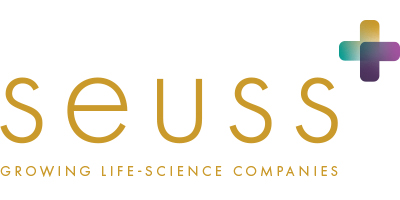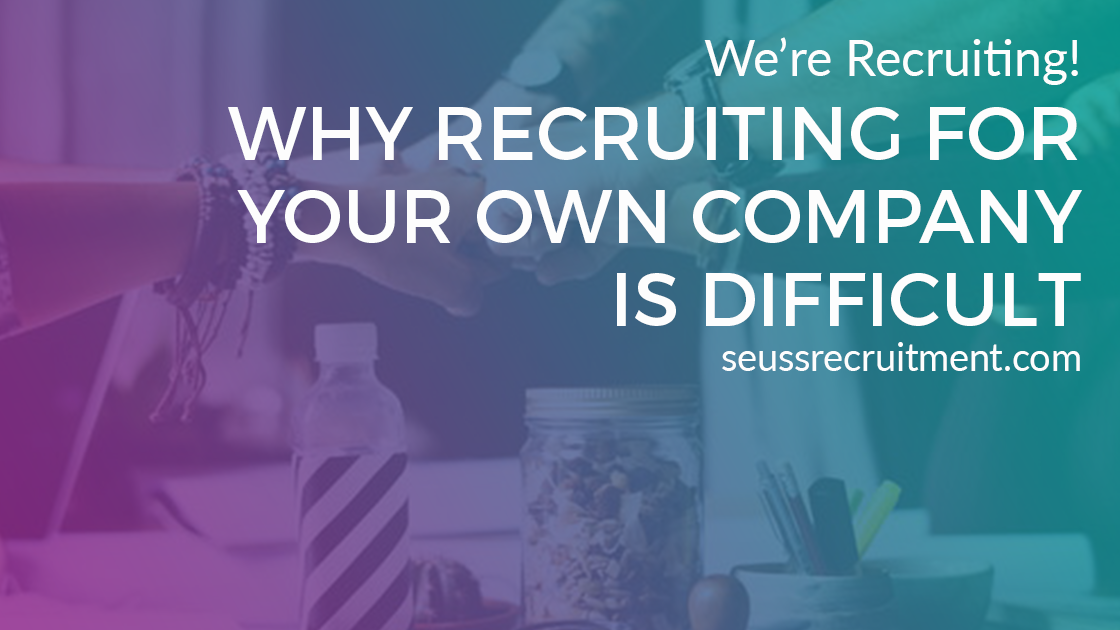A Quick Trick to Navigating a Career Change
If you’re ready to jump careers (whether or not you have something specific in mind), there’s some risk involved. That’s what makes pharma recruitment so exciting! As the life-sciences industry evolves, R&D advances, potential new treatments and ways of working go in and out of favor, you may see better opportunities, but it can be daunting to figure out whether it is the “right” path for you.
There’s at least one way to figure out whether the reward is worth the risk. Have you heard of a SWOT analysis? If yes, before you groan (or worse, click away from this post), trust us: you’re going to get way more out of this than you expect. Please believe us that taking an honest look at yourself will give you more perspective then a fear-driven run for the hills… So, take a look at both your strongest selling points as well as your biggest challenges – and remind yourself that you are talented (even if you’re not perfect).


What the SWOT?
SWOT is a structured, strategic planning method businesses use to evaluate the strengths, weaknesses, opportunities and threats (SWOT, get it?) of a new project or new business venture. At Seuss, we think that it is perfect for evaluating the potential of personal (career) projects as well. Thinking about moving into a new field or role? Take a few minutes of brainstorming to take a thorough look at yourself, your skills and your ambitions. Thanks to the simplicity of the model, it genuinely should not take more than a 20 minutes. In our opinion, a small cost for what you get in return!
How to Get it Done
- To get started, just draw a box with four quadrants, like the one above, and label each S, W, O or T. (Or you can just borrow the toolkit here.)
- Get a pen and a timer.
- Give yourself five minutes (maximum) per section. First, think about your particular skills and abilities (strengths) and the areas where you feel less capable (weaknesses).
Strengths: What are you good at? What do you get praised for? What excites you? These are your competitive advantages. Don’t forget to think about not only specific job skills but also your personality. Explaining your strengths is essential in interviews, so by doing this exercise, you’re also helping to prepare. Especially as you’ll need to do more convincing than ever to get someone to give you a chance in a new (to you) niche.
Weaknesses: Everyone’s favorite part… Ask yourself what you’re not so good at. What can you improve? The point here is to acknowledge your weaknesses, and mitigate some of them to certain extent. Keep in mind that weaknesses are often strengths that have gone into overdrive (but that’s a post for another day). Once you have this list, use it to reflect and be realistic: make sure your next role won’t require you to constantly rely on your weaker skills (a potential threat) rather than taking advantage your strengths.
The next two sections focus on the role or area you’d like to enter:
Opportunities: What are the opportunities in the new field/role? What can you capitalize on? What can you gain? What can you learn? This will also help you get excited about your future possibilities, and this is the section you should return to when you’ve looking for a motivation boost past the doing-something-new butterflies. It’s also a good way to perk yourself back up after the bummer “Weaknesses” section.
Threats: A new field or role comes with new challenges. It is a given. It’s also important to think about these so you are more prepared, mentally or perhaps even skills-wise. Just ask yourself: what might get in the way of your success? Then write it down here.
Remember this is brainstorming, so just write down the first thing that comes to mind and don’t judge it, cross it out or throw the paper away. You can evaluate what you’ve written after (and only after) you’re done, when you have a more complete picture.
- OK, now (when you’re done) you can look back at what you’ve written and refine (or add to) it. Get it into a coherent form you feel comfortable talking about – remember, this is not only to figure out your fit but, once you find it, this is prime interview preparation material here! Likely you will also have come up with many questions that you want to have answered to understand the new role or company. Write these down too on a separate piece of paper – you’ve just completed one of the steps for interview preparation.
O is for Opportunity
If you feel comfortable, consider taking a trusted friend out to coffee and review the SWOT with them. Be sure to ask someone who is honest and critical and has your best interests in mind. The end result will be better because of it.
Once you’re done, you’ll not only have a better image of yourself and potential opportunities for yourself, but you’ll know how to sell yourself in landing these new opportunities, and what you’ll need to focus on first on the job. Finally, you’ll know exactly what strengths to capitalize on to get it all done.
Ready to take your career planning analysis to the next level? Try using a business model canvas.

 Should You Join a Biotech Start-Up?
Should You Join a Biotech Start-Up?
 Hire for Attitude, Train for Skill
Hire for Attitude, Train for Skill
 How to Find Out When Life-Science Job Candidates Are Lying
How to Find Out When Life-Science Job Candidates Are Lying
 Keeping it Real: How (and Why) to Be Authentic in Job Interviews
Keeping it Real: How (and Why) to Be Authentic in Job Interviews
 Why recruiting for your own company is difficult
Why recruiting for your own company is difficult